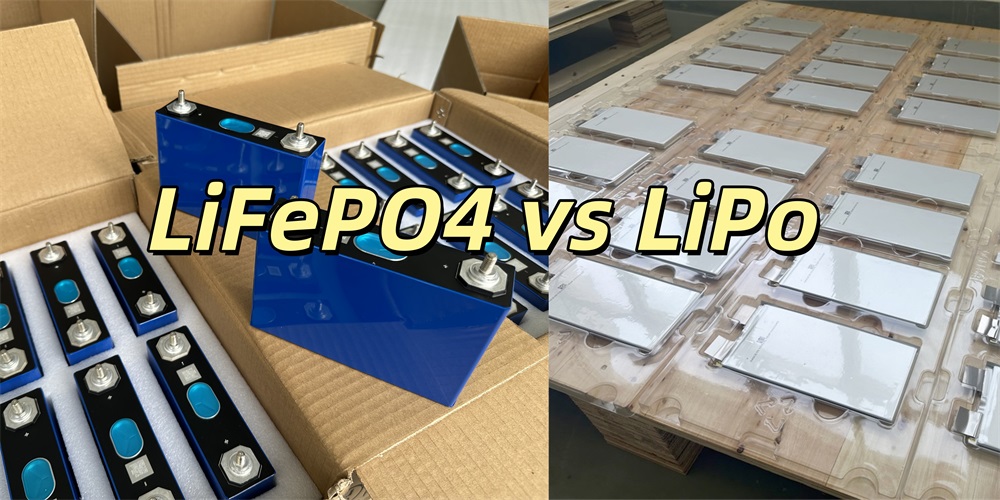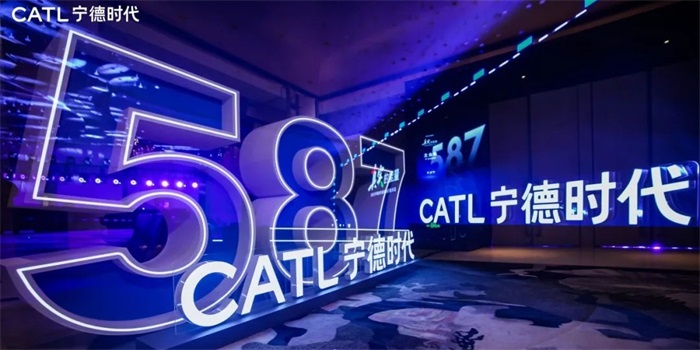LiFePO4 vs LiPo Batteries: Which One is Right for Your Needs
Choosing the right battery requires understanding the differences between LiFePO4 and LiPo. LiFePO4 offers superior safety, stability, and long lifespan, ideal for electric vehicles and solar storage. In contrast, LiPo batteries provide high energy density and design flexibility, making them perfect for electronics, drones, and remote-controlled devices.

LiFePO4 Battery vs LiPo Battery
LiFePO4 (Lithium Iron Phosphate) batteries are a type of lithium-ion battery that uses lithium iron phosphate as the cathode material. They are known for their safety, stability, and long lifespan, making them ideal for applications that require durability and reliability, such as electric vehicles, solar energy storage systems, and other power solutions.
LiPo (Lithium Polymer) batteries are another variant of lithium-ion batteries, featuring a flexible polymer electrolyte. This design allows for various shapes and sizes, making LiPo batteries highly versatile and lightweight. They are commonly used in consumer electronics, drones, remote-controlled devices, and increasingly in electric vehicles and portable electronics.
What are the Differences between LiFePO4 and LiPo?
LiFePO4 and LiPo differ in terms of chemical composition, personal properties, lifespan and safety. Now we present the differences between LiFePO4 and LiPo through a table.
Category | LiFePO4 Battery | LiPo Battery |
Chemistry Composition | Cathode: Lithium iron phosphate (LiFePO4), stable and robust structure. | Cathode: Lithium cobalt oxide (LiCoO2), Lithium Manganese Oxide (LiMn2O4), or NMC. Uses polymer electrolyte. |
Energy Density | Lower energy density (stores less energy per unit weight). | Higher energy density (better for space/weight-limited applications). |
Cycle Life | Longer cycle life (often >2,000 charge-discharge cycles). | Shorter cycle life (~500–1,000 cycles, depending on quality/usage). |
Safety | Excellent thermal/chemical stability; one of the safest lithium-ion chemistries. | Generally safe but prone to swelling, punctures, and thermal runaway if mishandled. |
Temperature Tolerance | Performs well in a wide temperature range (suitable for harsh environments). | Sensitive to temperature extremes (affects performance and safety). |
What are the Advantages of LiFePO4 Batteries?
· Safety: LiFePO4 batteries are highly stable and less prone to overheating, making them safer for use in various applications.
· Long Lifespan: With a longer cycle life, LiFePO4 batteries offer better value over time, especially in applications requiring frequent charge-discharge cycles.
· Temperature Performance: They can operate efficiently in a wide range of temperatures without significant performance degradation.
· Environmental Impact: LiFePO4 batteries are more environmentally friendly, as they do not contain toxic heavy metals.
What are the Disadvantages of LiFePO4 Batteries?
· Energy Density: Lower energy density compared to other lithium-ion batteries, which can be a limitation for applications requiring compact and lightweight power sources.
· Cost: Initially, more expensive due to the materials and manufacturing process.
· Voltage Range: They have a lower nominal voltage (3.2V per cell) compared to LiPo batteries, which can affect compatibility with some devices.
What are the Advantages of LiPo Batteries?
· Energy Density: Higher energy density allows for lighter and more compact battery packs, ideal for portable and space-constrained applications.
· Flexibility: The polymer electrolyte can be shaped into various forms, accommodating diverse design requirements.
· High Discharge Rates: LiPo batteries can deliver high discharge rates, making them suitable for high-power applications like drones and RC vehicles.
What are the Disadvantages of LiPo Batteries?
· Safety Concerns: More susceptible to swelling, punctures, and thermal runaway, requiring careful handling and protective measures.
· Shorter Lifespan: They typically have a shorter cycle life compared to LiFePO4 batteries.
· Temperature Sensitivity: Performance can degrade significantly at extreme temperatures.
Can I Charge a LiFePO4 Battery with a LiPo Charger?
It is not recommended to charge a LiFePO4 battery with a LiPo charger unless the charger is specifically designed to support LiFePO4 charging profiles. LiFePO4 cells have a nominal voltage of 3.2V and a maximum charging voltage of 3.6V to 3.65V per cell, while LiPo cells have a nominal voltage of 3.7V and a maximum charging voltage of 4.2V per cell. Using a LiPo charger can lead to overcharging, potentially damaging the LiFePO4 battery and posing safety risks. Always use a charger designed for LiFePO4 batteries to ensure safety and preserve battery lifespan.
In conclusion, lithium iron phosphate batteries and lithium polymer batteries each have their own advantages and disadvantages and are suitable for different applications. Based on the differences, advantages and disadvantages of lithium iron phosphate batteries and lithium polymer batteries introduced in this article, you can choose the battery type that better suits your needs and maximize the battery's efficiency.

